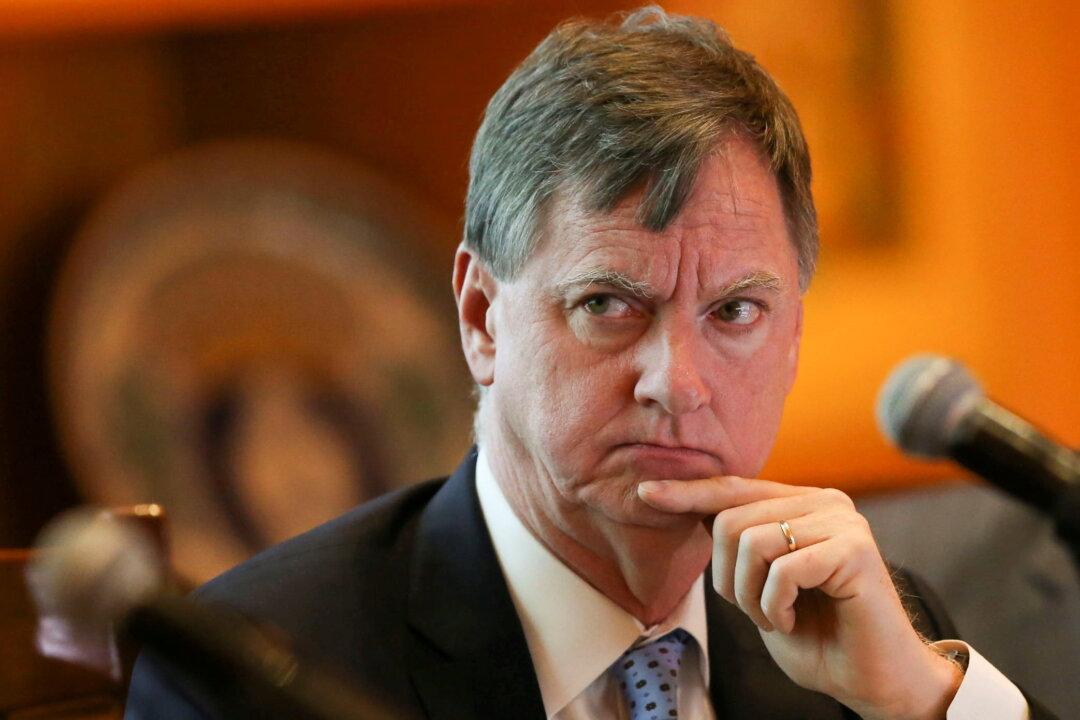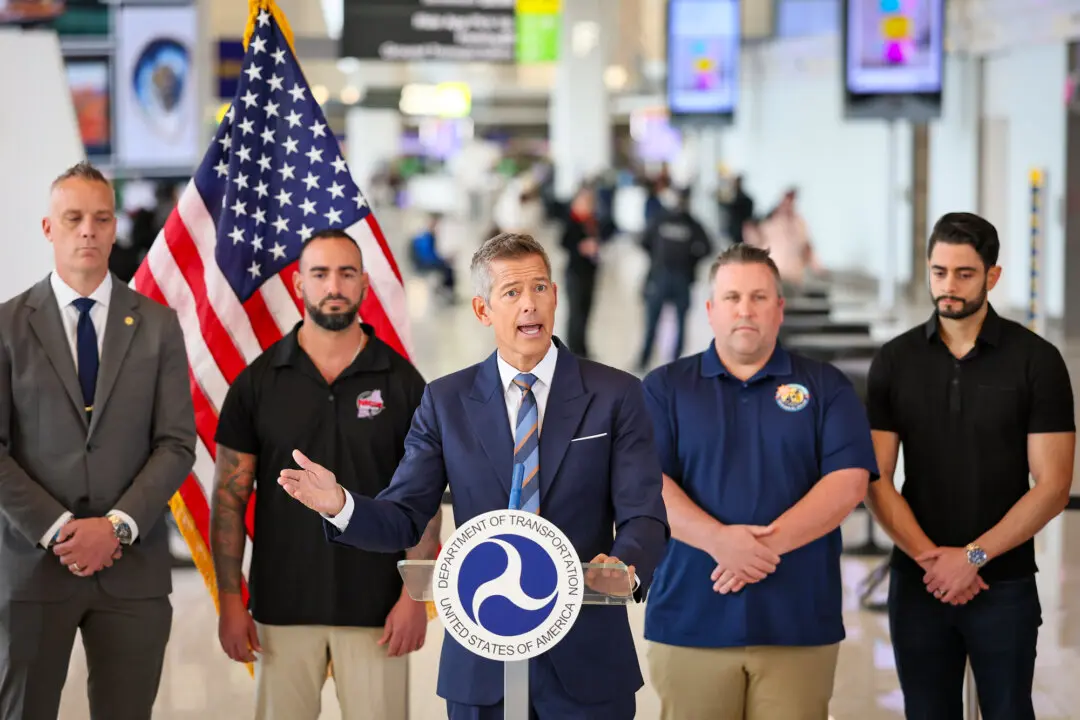If the Federal Reserve manages to rein in inflation while sustaining unemployment levels under 5 percent, that would be considered “good,” said Charles Evans, president of the Federal Reserve Bank of Chicago, on Wednesday in remarks at the University of Virginia.
Based on policy projections outlined after the September Fed meeting, interest rates targeted at 4.6 percent and unemployment at 4.4 percent could suggest that the economy “doesn’t actually go into a recession,” and if the unemployment level is below 5 percent, “that would be pretty unusual and good,” Evans said.





